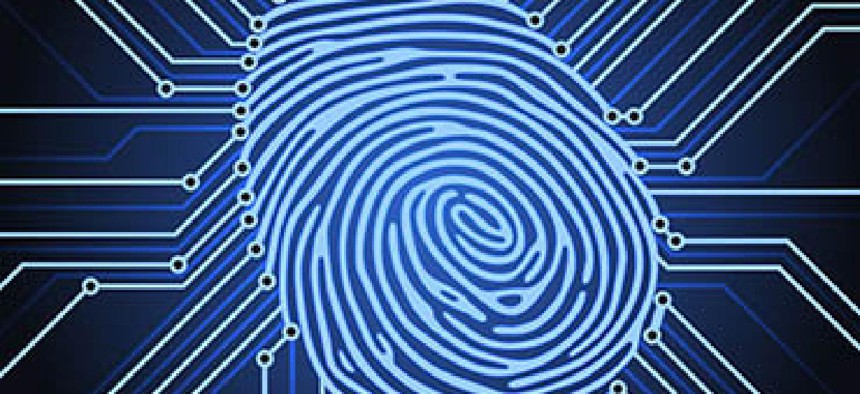DHS pursues cases exploiting biometric data gaps

A federal judge's recent order denaturalizing a naturalizing U.S. citizen shows how efforts to remedy a digital fingerprint gap are working.

As federal immigration and law enforcement agencies fill in missing data to jointly used fingerprint repository databases, they're targeting individuals who had been taking advantage of the biometric data gap.
On January 5, a federal judge at the U.S. District Court in New Jersey cancelled Baljinder Singh's Certificate of Naturalization for U.S. citizenship, the Justice Department said on Jan. 9.
The move exposes Singh to possible deportation at the Department of Homeland Security's discretion.
U.S. Citizenship and Immigrations Services (USCIS) said the case was only the first to leverage fingerprint data from an Obama administration data consolidation program called Operation Janus.
That program, implemented in 2010 to look at inadmissible aliens who had changed identities to avoid deportation, officially ended in 2016. However, the USCIS and the Department of Justice said in September they continue to use the Operation Janus data to find cases.
The biometric data gap gained widespread public attention after a Sept. 2016 DHS Inspector General report found the U.S. had granted citizenship to 858 applicants who had been ordered deported but reapplied for legal status under an assumed identity.
At the heart of the gap are old paper-based fingerprint card records that haven't been digitized. The missing data has been a sticking point for cross-agency use of biometric data in DHS' Automated Biometric Identification System and the FBI's Next Generation Identification system to keep track of immigrants seeking U.S. naturalized citizenship.
According to the Justice Department, the revocation of Singh's naturalization papers is the first case in an expanding body of cases referred to the agency by USCIS. Justice said two other cases were filed in mid-September using data gleaned from DHS' Operation Janus at the same time as the federal court action against Singh.
Operation Janus identified 315, 000 cases with some fingerprint data missing, according to USCIS and the Justice Department. Of those, USCIS said it has identified 1,600 cases through the program that it will refer to the Justice Department.
A USCIS spokesman told FCW the agency has dedicated resources and staff in its Fraud Detection and National Security Directorate to specifically ensure immigration benefits are given to those who are legally eligible. The spokesman declined to provide details on the nature of its ongoing anti-fraud investigations, or on the exact techniques and processes it uses.
USCIS officials have said the agency is looking to increase the use of digitized biometrics in the coming years. Paul Hunter, chief of biometrics strategy for U.S. Citizenship and Immigration Services, said in December that the agency has expedited authority to use biometric ID capabilities across a number of venues, including citizenship application processing and background checks. He said he expects formal rules on the use of voice, iris and rapid DNA identification by March 2019.





